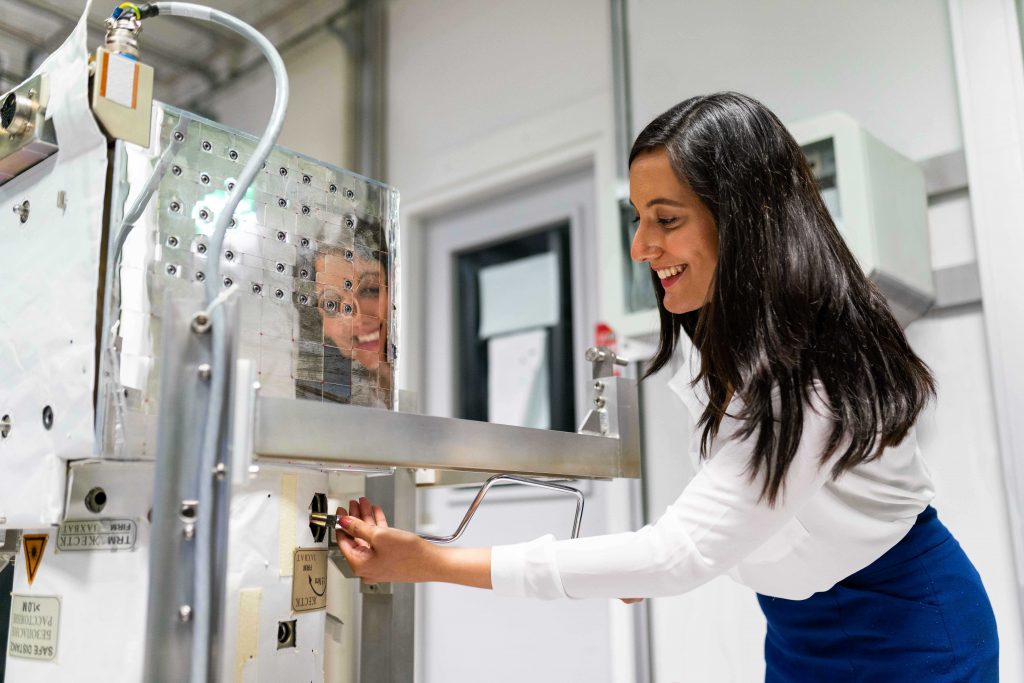chemical mixing process is a chemical process which is used to achieve the desired outcome. These processes usually involve simple mixing of the chemicals together, but sometimes they can be more complicated and intensive such as suspension polymerization where solids are suspended in a liquid to form a block moulding compound.

Mixing occurs by diffusion of molecules from regions of high concentration to regions of low concentration until an equilibrium is reached. This is known as dynamic equilibrium because the process is reversible and depends on the rate of transfer from one region to another.
Mixing does not have a significant effect on temperature, but can have a very large effect on pressure when gases are mixed together in a container.
Additionally, in chemical reactors, it can have a large effect on the concentration of reagents in a mixture.
Mixing is often used to try to ensure that the item being mixed has reached more or less uniform concentrations of product throughout, an important factor in producing effective products. In solid chemical manufacturing process, mixing may be utilized with powder blending. Mixing is used to create various colors of paint and ink for artists, and many other mixtures of chemicals and compounds.
Mechanical devices such as the electric mixer (a handheld device with a set of rotating paddles used to stir cake batter), oars, or stirring spoons can be used to mix food when hand mixing is not practical. Many industrial processes, such as the manufacture of concrete, also require a thorough mixing.
Mixing of two or more chemicals is usually done in a chemical reactor to ensure desired reaction of chemicals and production of the desired products. In smaller scales some mechanical devices are used for this purpose such as shakers, stirrers which can help to mix different powders or chemicals properly.
In a chemical reactor, mixing is done in the liquid phase since the solids behave very poorly when mixed with liquids even though they can be all dissolved in solution. In reactors where liquids are being pressurized or mixed at high speeds, the liquid phase must be assumed because local concentration gradients can get extremely large due to the high-speed mixing.
In large scale chemical reactors the most effective way to mix is by having a turbulent flow of the fluid (usually liquid) which helps to induce mixing. This may be achieved by the mechanical stirrer or another rotating device inside an external pipe or duct, or through hydrodynamics forces inside a specially designed reactor.
In chemical engineering, the term mixing is often used in reference to large-scale production processes where hundreds or thousands of kilograms are being mixed at a time. For small scale chemical operations, simple stirring with a spoon is still effective enough to mix chemicals into solution.